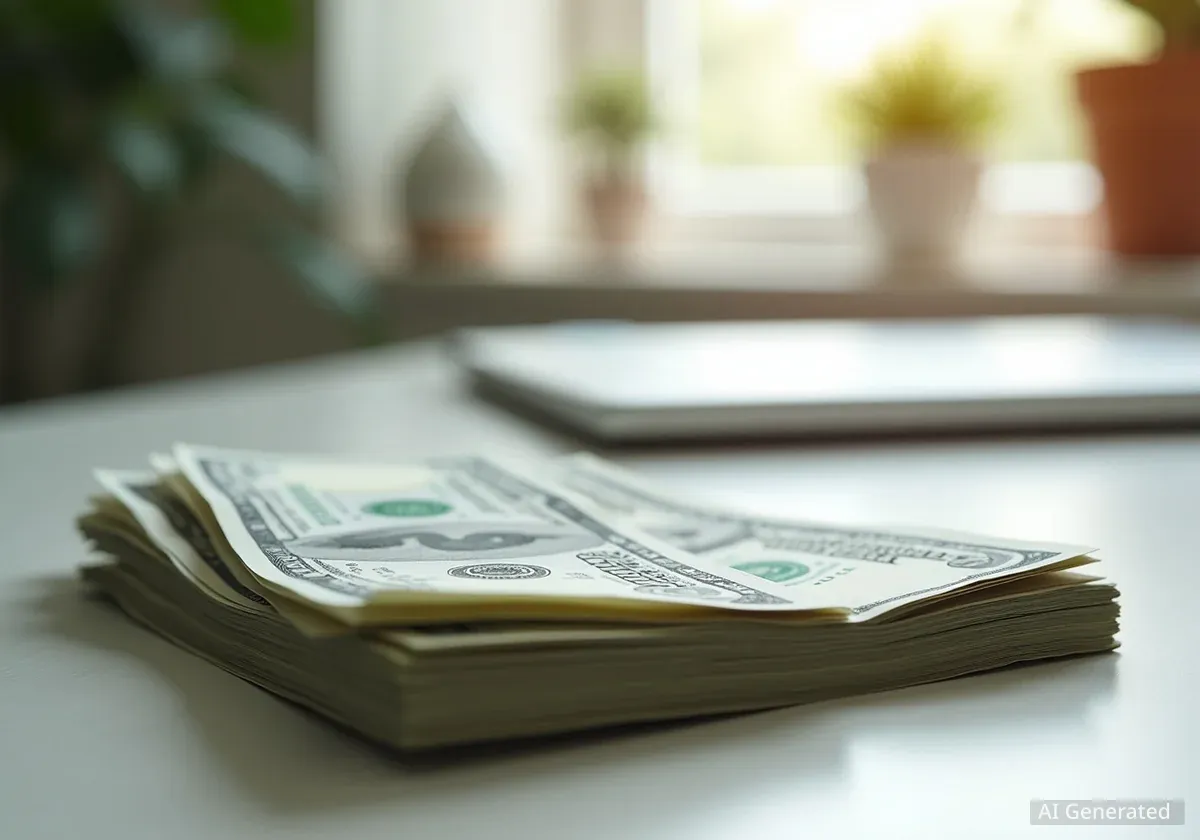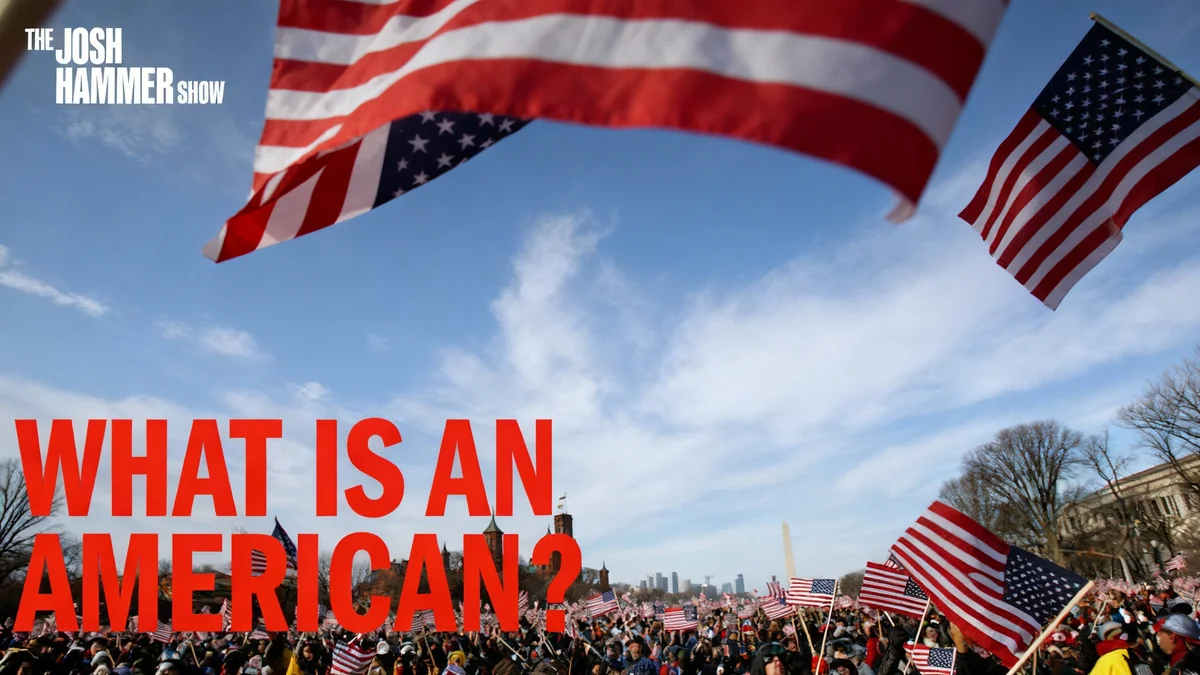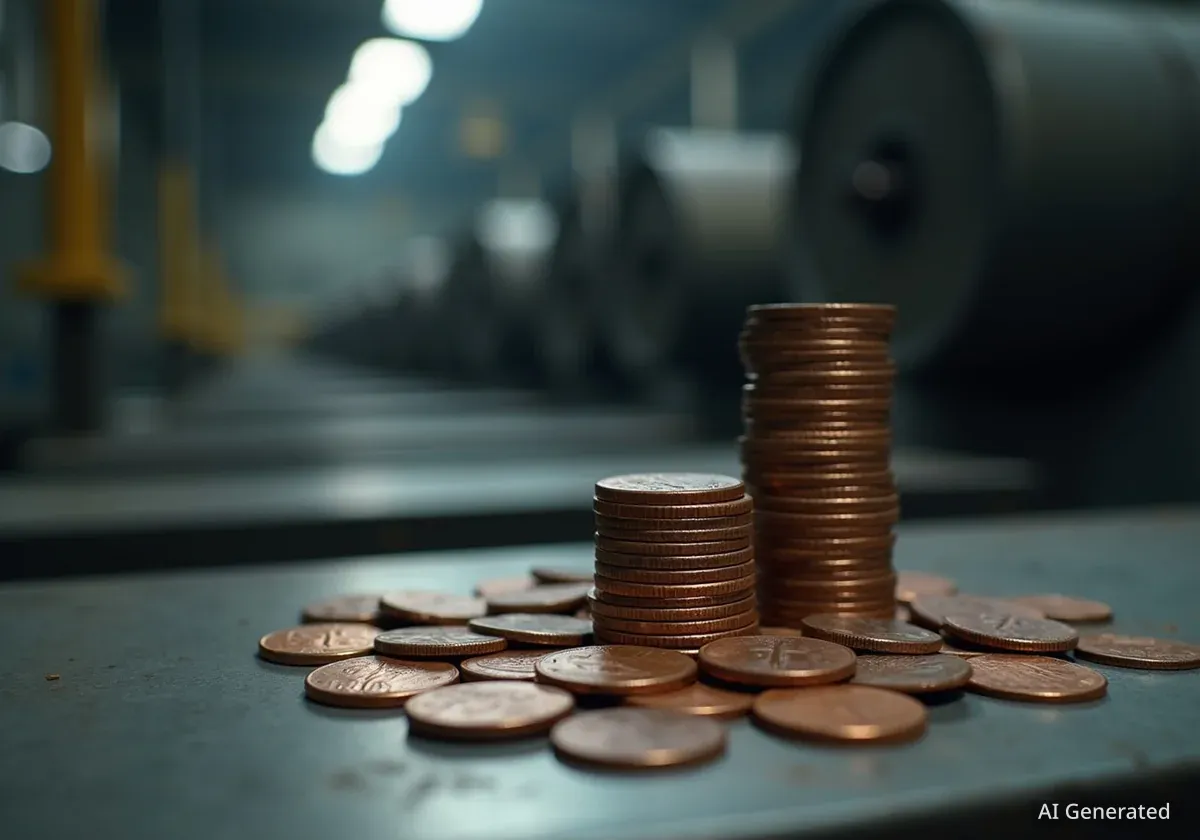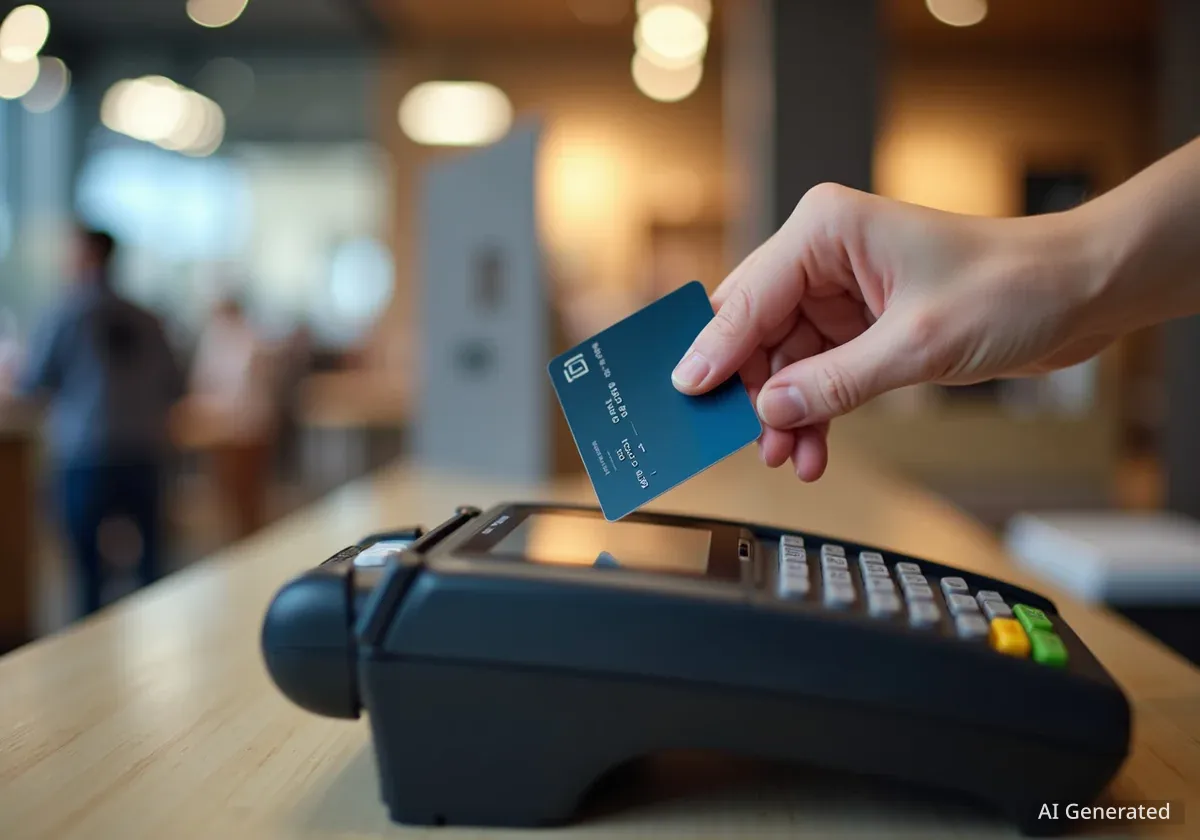Eligible Virginia taxpayers will receive one-time tax rebates of up to $400 this fall, according to an announcement from Governor Glenn Youngkin's office. The payments, which are being distributed from the state's budget surplus, will go to individuals and families who had a tax liability in the previous year.
Individual filers who meet the criteria will receive $200, while those who filed jointly will receive $400. This initiative follows a similar tax rebate program in Virginia during 2023, reflecting a continued effort to return surplus funds to taxpayers.
Key Takeaways
- Rebate Amount: Eligible individuals will receive $200, and joint filers will receive $400.
- Eligibility: Taxpayers must have had a tax liability in 2024 and file their returns by November 3.
- Payment Timeline: Rebates for those who filed before July 1 will be sent by October 15 and should arrive by the end of October.
- Delivery Method: Payments will be made via direct deposit for those who received refunds that way, or by paper check for all others.
- Debt Offset: The rebate will first be applied to any outstanding debts owed to state or local agencies.
Who Qualifies for the Virginia Tax Rebate?
To be eligible for the 2025 tax rebate, Virginia residents must meet specific criteria set by the state. The primary requirement is having a tax liability for the 2024 tax year. This means the individual or couple owed state tax, regardless of whether they received a refund after withholdings and credits were applied.
Additionally, taxpayers must file their 2024 state tax return by the deadline of November 3, 2025. Those who file after this date will not be eligible to receive the payment. The state has launched an online tool for residents to verify their eligibility. Starting Thursday, taxpayers can visit tax.virginia.gov/rebate to check their status.
How and When Will Rebates Be Delivered?
The distribution of rebates is scheduled to begin in October. According to the governor's office, taxpayers who filed their state taxes before July 1, 2025, can expect their rebates to be issued by October 15. Most of these payments should be received by the end of that month.
The method of delivery depends on how a taxpayer received their 2024 state tax refund.
- Direct Deposit: If a taxpayer received their refund via direct deposit, the rebate will be sent to the same bank account.
- Paper Check: All other eligible taxpayers, including those who did not receive a refund or received it by check, will be mailed a paper check to their address on file.
It is important for taxpayers to ensure their banking and address information with the Virginia Department of Taxation is current to avoid delays.
Background on the Rebate Program
The plan for this tax rebate originated in February when budget amendments were introduced in the Virginia House of Delegates and the Senate. The state also issued a similar tax rebate to Virginians in 2023, establishing a recent precedent for returning surplus funds directly to citizens.
State Surplus Drives Taxpayer Relief
The funding for these rebates comes from a significant state revenue surplus. Governor Youngkin highlighted the state's strong economic performance as the driving force behind the program. Virginia has accumulated a total of $10 billion in surplus revenue over the past four years.
“Virginia’s strong job growth, bolstered by business investment commitments of $140 billion has driven a total of $10 billion in surplus revenue and enabled a record $9 billion in tax relief,” said Governor Glenn Youngkin. “This fall’s tax rebate reflects a simple truth: it’s your money, not the government’s.”
The governor's office stated that while providing this relief, the state has also made record investments in key public services. These include support for teachers, law enforcement, and mental health services.
Virginia's Financial Picture
According to state officials, Virginia has seen over $10 billion in surplus revenues in the last four years. This has allowed for a total of $9 billion in tax relief measures, including the current rebate program, while also funding state priorities.
What if You Owe Money to the State?
The rebate program includes a debt offset provision. If an eligible taxpayer owes money to Virginia Tax or any other state or local agency, the rebate will be used to satisfy that debt before any remaining funds are sent to the taxpayer.
For example, if a joint filer is eligible for a $400 rebate but owes $250 in unpaid taxes, that debt will be paid first. The filer would then receive the remaining $150. If the debt is greater than the rebate amount, the entire rebate will be applied to the debt.
In cases where a rebate is used for debt offset, Virginia Tax will send a letter to the taxpayer. This letter will explain how the funds were applied and provide contact information for the agency that was owed the money.
A Continued Focus on Tax Relief
Secretary of Finance Stephen Cummings reiterated the administration's commitment to returning surplus funds to residents. He emphasized that the state's strong fiscal management has made these rebates possible without compromising essential services.
“As a result of strong fiscal management, Virginia has seen over $10 billion in surplus revenues in the past four years, it is our shared responsibility to ensure that the vast majority of these funds are returned to Virginians while providing record funding or key priorities. That’s exactly what we’re doing,” Cummings stated.
This second consecutive year of rebates suggests a policy direction focused on lowering costs for individuals, families, and businesses across the Commonwealth. As the state finalizes the distribution process, eligible Virginians are encouraged to check the official state website for updates on their rebate status.





